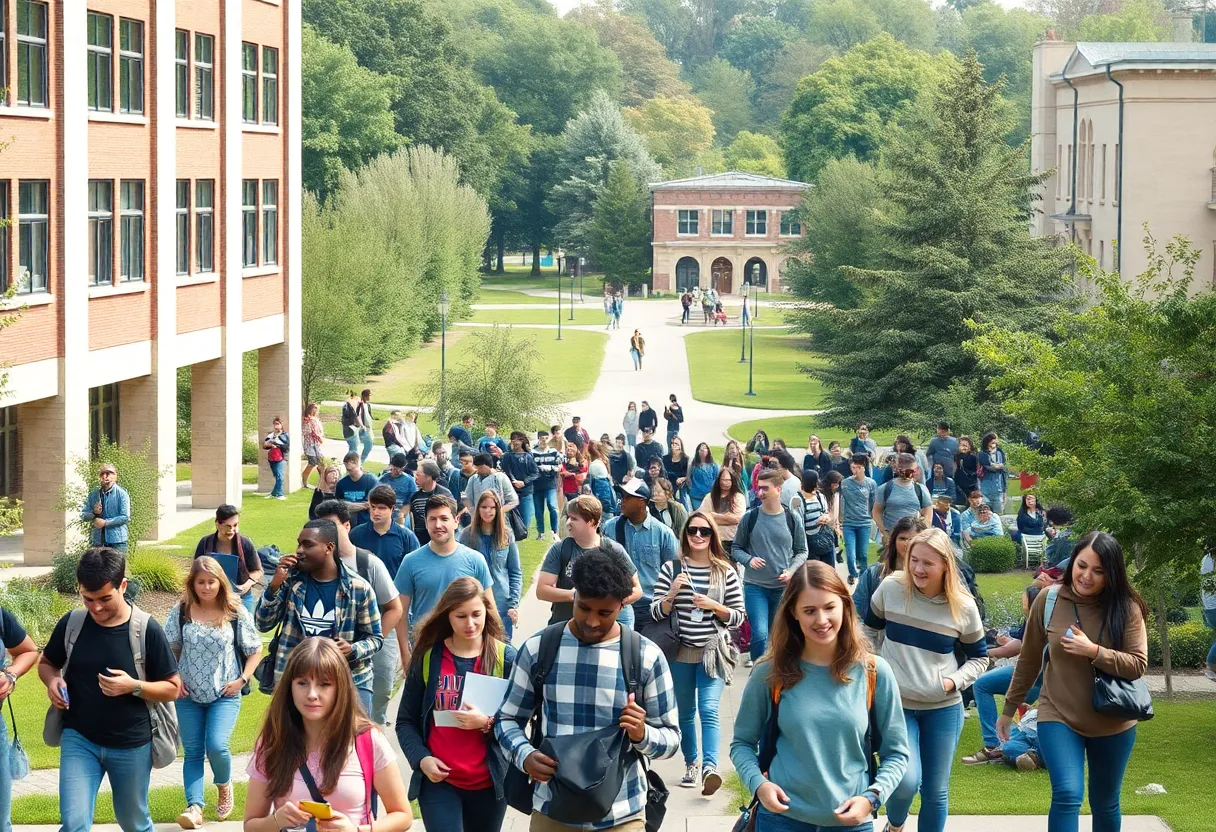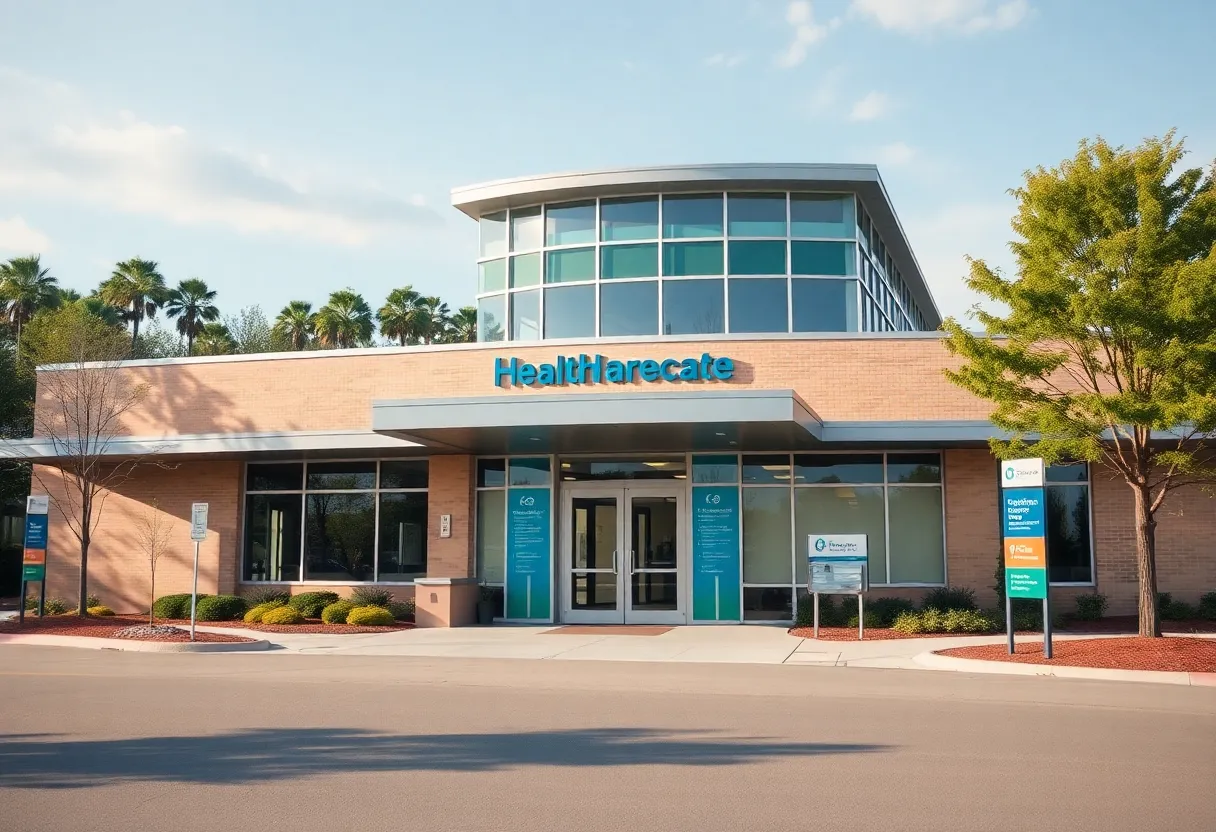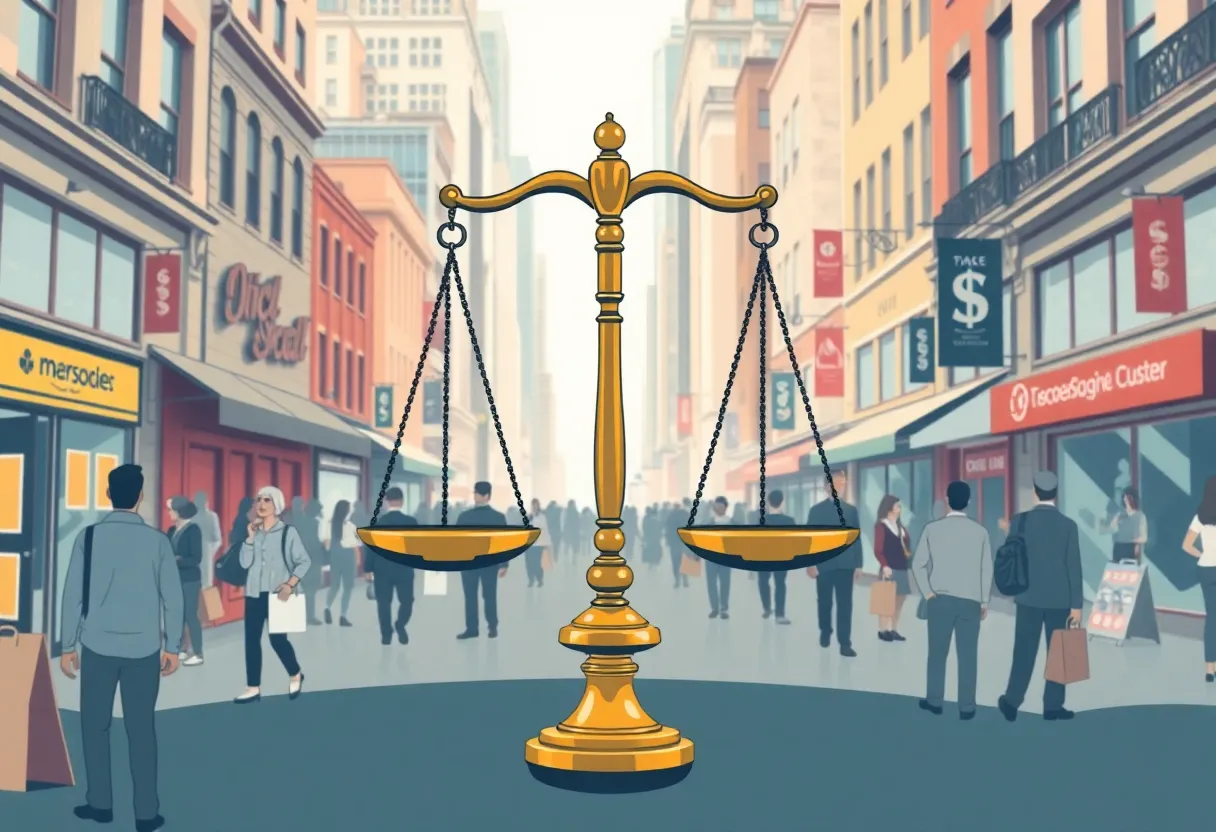News Summary
The U.S. higher education sector braces for a decline in college enrollment as the demographic cliff approaches. A projected downturn in high school graduates is expected to reshape admissions and financial aid landscapes. Colleges are implementing strategies, such as surprise financial aid packages, to attract students. The shift in student preferences towards fields with higher ROI highlights changing perceptions of college value, leading to financial challenges for institutions. Innovative strategies will be crucial for colleges to adapt to these demographic changes and maintain sustainability.
City: New York
The higher education sector in the United States is bracing for a significant decline in college enrollment as the demographic cliff approaches, highlighted by this year’s incoming class of college freshmen being the last large cohort before a decade-long decrease in high school graduates. Starting in 2024, a projected downturn in the number of graduating high school students due to a lower birth rate following the Great Recession and exacerbated by the COVID-19 pandemic is expected to reshape higher education.
By 2041, the total number of high school graduates is anticipated to shrink by 13%, from nearly 3.9 million to around 3.4 million. College administrators express concern over this impending decline, which could alter the landscape of college admissions and financial aid significantly. However, some potential benefits for families could emerge during this transition, including improved admission odds to top-ranked colleges and an increase in financial aid offers.
To combat low freshman enrollment, some colleges are introducing surprise financial aid packages aimed at attracting students who have already committed elsewhere. This strategy is part of a broader response to the demographic cliff, which will impact institutions differently across the U.S. Smaller and less prestigious colleges are expected to feel the pressure more acutely, while top-tier universities may maintain their competitive edge.
Notably, many elite schools have experienced a threefold increase in application rates since the early 2000s, even as their enrollment numbers have stagnated. Conversely, regions like the Northeast and Midwest, where there is a high concentration of colleges, are projected to face the steepest decline in applications, with a possible drop of 15% or more in states like New York and Illinois. The demographic shift in teenage applicants is leaning towards the South and Southwest, as students increasingly favor public flagship institutions over traditional colleges in the Northeast.
The changing academic landscape has led to declining interest in liberal arts majors, as students now prefer fields with higher return on investment, particularly in business and STEM (Science, Technology, Engineering, and Mathematics). This shift in preference reflects a broader change in parents’ and students’ perceptions of the value of a college education. In 2024, only 56% of parents viewed college as a worthwhile investment, a decrease from 85% in the mid-2010s.
Further complicating the situation is the rise in financial discounts at private colleges, which now average around 56% for new freshmen. While these discounts may initially attract students, experts question their sustainability amidst the financial strains many institutions face. Colleges have reported that freshmen contribute less to their net revenue each year, forcing many to rely more heavily on room and board fees to sustain operations.
The growing burden of student debt, coupled with public skepticism regarding college affordability, has prompted families to search for more substantial tuition discounts. The financial health of many colleges is under scrutiny, with more than 40% of private institutions reporting losses in 2023, evidenced by declining bond ratings. As a result, projections indicate that approximately 80 additional colleges may close annually over the next decade due to ongoing enrollment declines.
Institutions that fail to adapt to the shifting demographic landscape, particularly smaller colleges, may face significant challenges, which could impact local economies and employment regions. However, there is a potential opportunity for colleges to offset declining traditional enrollment through enrollment rates for nontraditional students, including adults and underserved populations.
Colleges are now tasked with rethinking their strategies for student enrollment and retention in light of these demographic shifts. Enhancing student services and support systems, coupled with an emphasis on growing college athletic programs—especially at Division III schools—could serve as effective strategies to attract more students. The higher education landscape is on the verge of a significant transformation, demanding innovation from colleges to remain relevant and sustainable amid these changes.
Deeper Dive: News & Info About This Topic
HERE Resources
New HBCU Early College Prep High School Opens in NYC
Exploring the Top Charter Schools in New York City
Mamdani Leads in NYC Mayoral Race Amidst Rising Tensions
Controversy Surrounds Zohran Mamdani’s Education Policies
Dubuque School Board Considers Jefferson Middle School Closure
Construction Industry Faces Challenges Amid Tariff Changes and AI Integration
U.S. News Ranks Public High Schools in New York
Harrow International School New York to Open in September
New York Mandates Title VI Coordinators in Colleges
Exploring the Best Private High Schools in New York City
Additional Resources
- New York Magazine
- Wikipedia: Demographic Cliff
- Higher Ed Dive
- Google Search: Demographic Cliff in Education
- Forbes
- Google Scholar: College Enrollment Decline
- Times of India
- Encyclopedia Britannica: Higher Education
Author: STAFF HERE NEW YORK WRITER
The NEW YORK STAFF WRITER represents the experienced team at HERENewYork.com, your go-to source for actionable local news and information in New York, the five boroughs, and beyond. Specializing in "news you can use," we cover essential topics like product reviews for personal and business needs, local business directories, politics, real estate trends, neighborhood insights, and state news affecting the area—with deep expertise drawn from years of dedicated reporting and strong community input, including local press releases and business updates. We deliver top reporting on high-value events such as New York Fashion Week, Macy's Thanksgiving Day Parade, and Tribeca Film Festival. Our coverage extends to key organizations like the Greater New York Chamber of Commerce and United Way of New York, plus leading businesses in finance and media that power the local economy such as JPMorgan Chase, Goldman Sachs, and Bloomberg. As part of the broader HERE network, including HEREBuffalo.com, we provide comprehensive, credible insights into New York's dynamic landscape.





